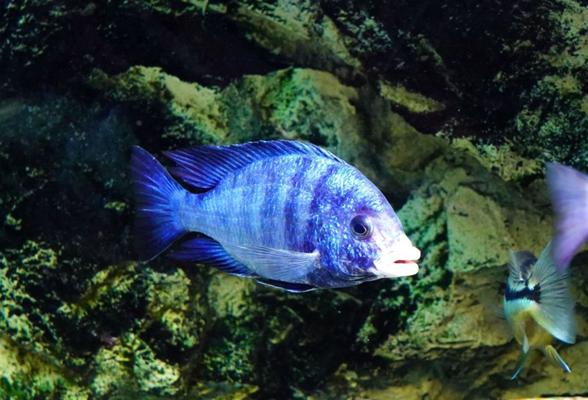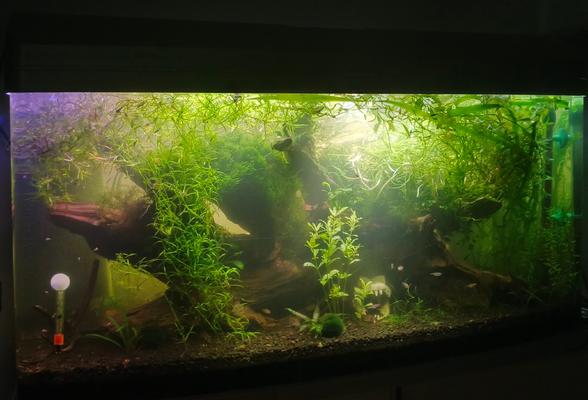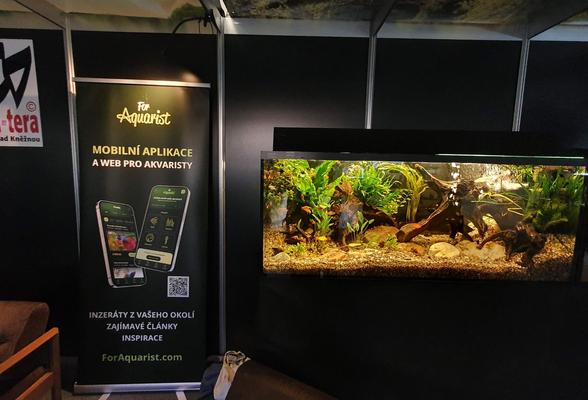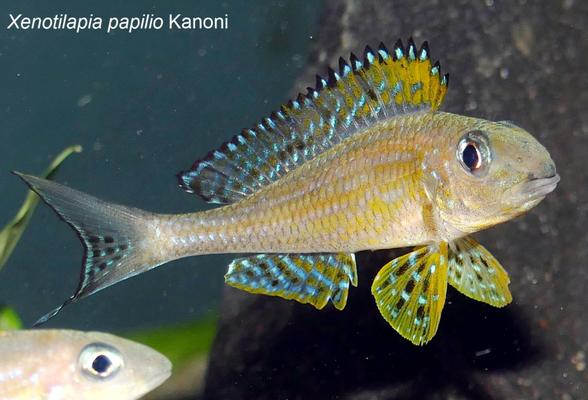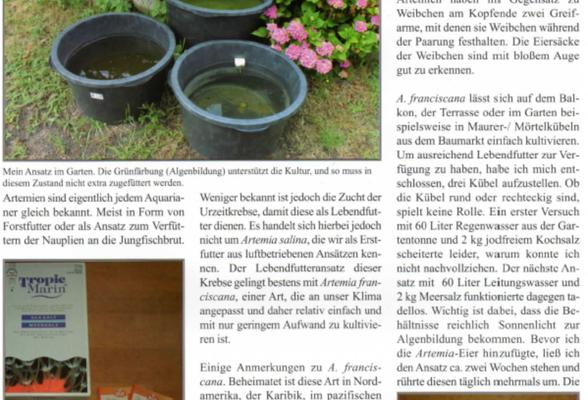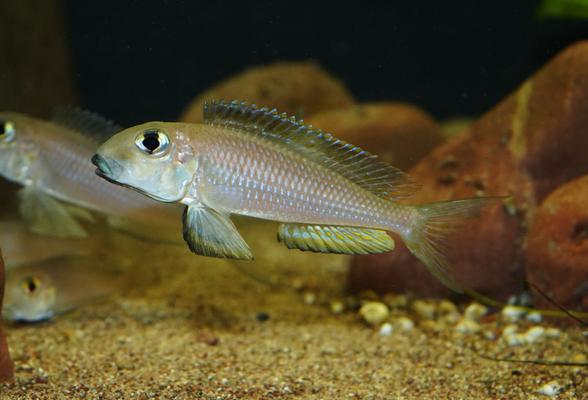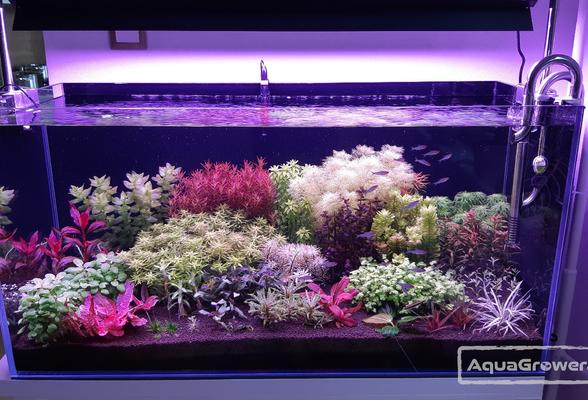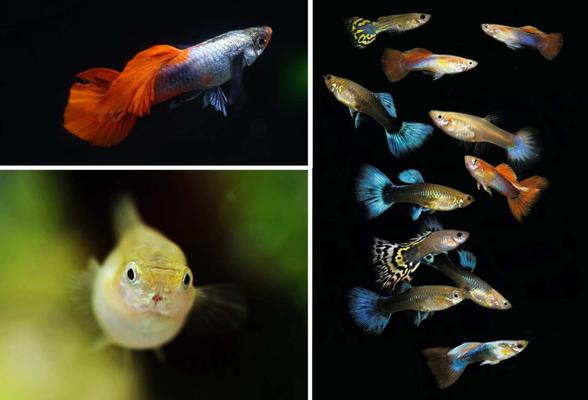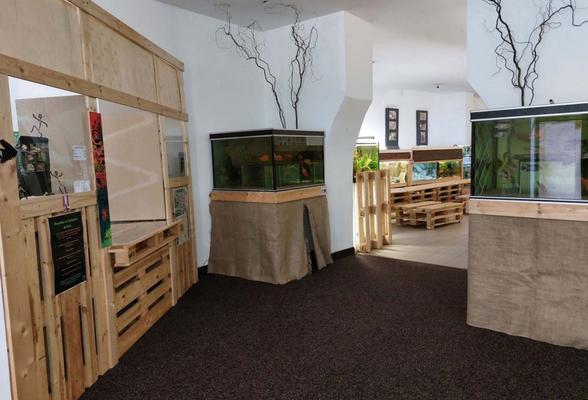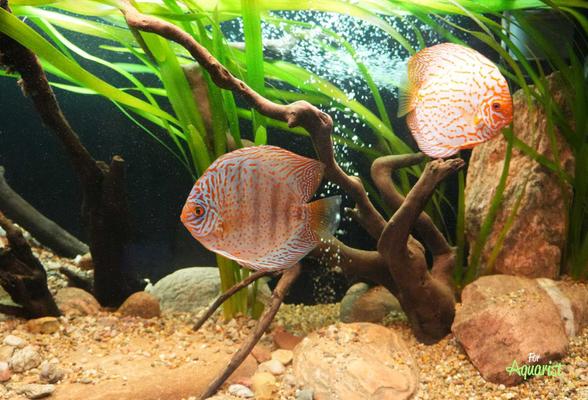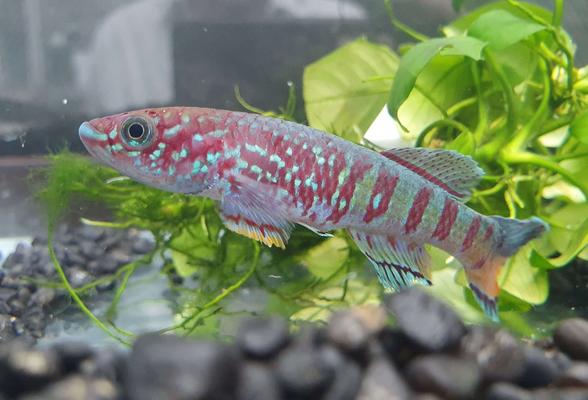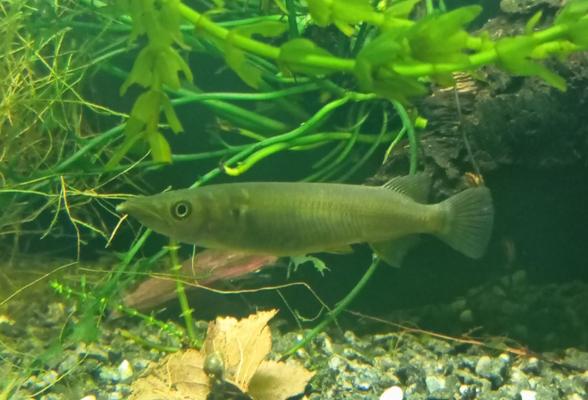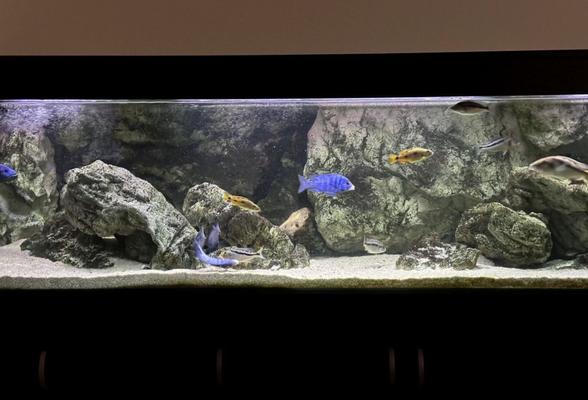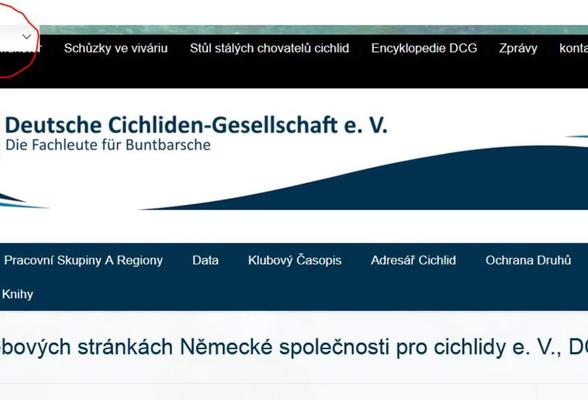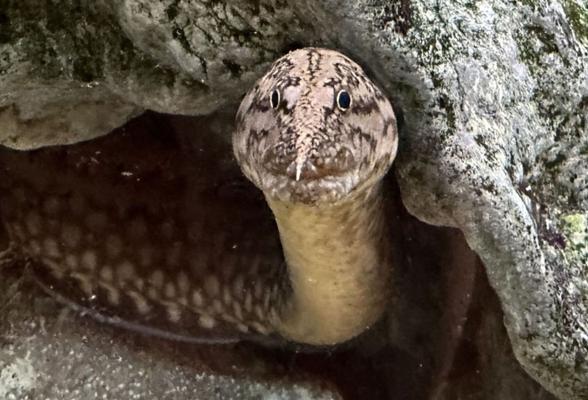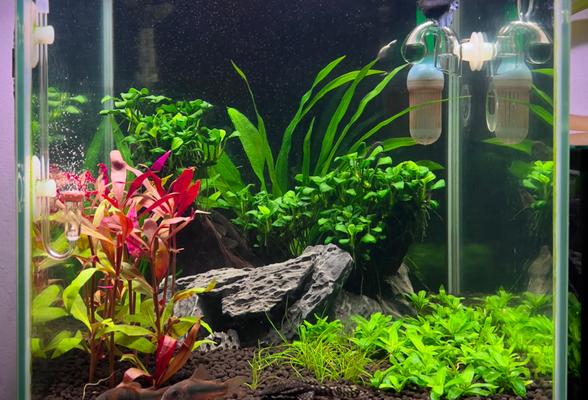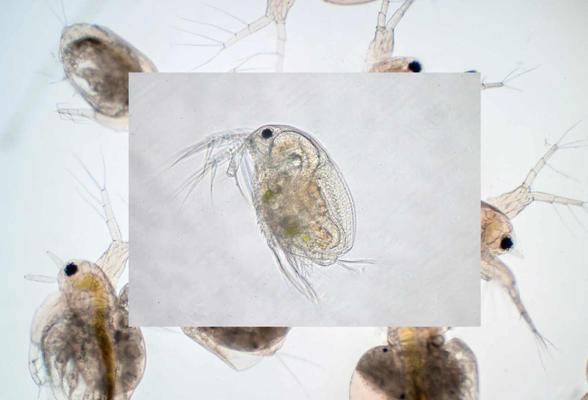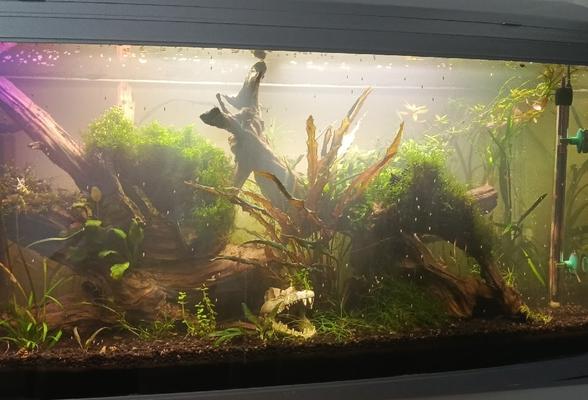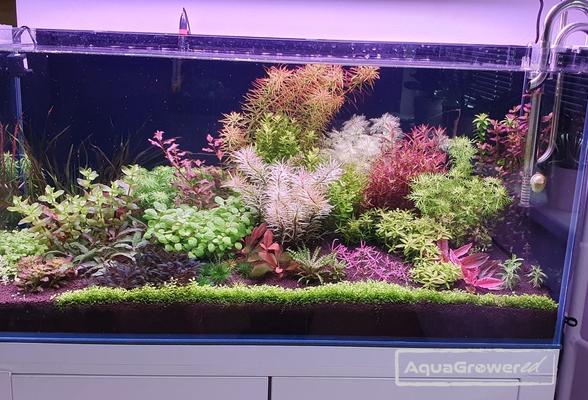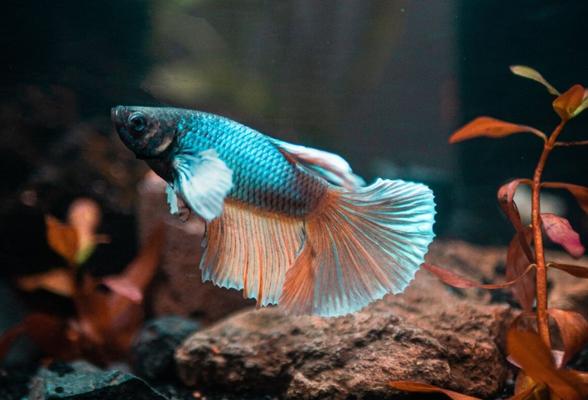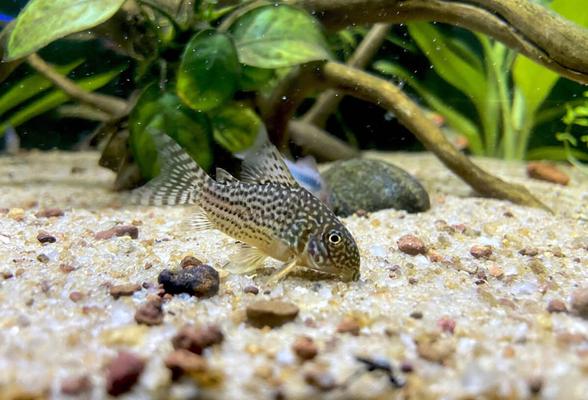Populace druhu v jezeře Malawi:
Placidochromis phenochilus (Trewavas 1935):
- Chesese
- Chirwa Island
- Mdoka
Placidochromis sp. ‚phenochilus tanzania:
- Lupingu
- Makonde
Profil - Placidochromis phenochilus Mdoka White Lips
Velikost samců: cca 18-21 cm
Velikost samic: cca 14-17 cm
Zbarvení, rozdíly:
- Samci a samice jsou téměř stejně zbarveni, tmavě modří s sytě černomodrými pruhy.
- Samci jsou výrazně větší, vyšší se strmějším čelem.
- U mláďat jsou pohlaví jen velmi obtížně rozpoznatelná.
Velikost akvária:
od 200 x 60 x 50 cm, čím větší, tím lepší!
Potrava:
predátorská ryba s masitou stravou, vločky, granule, mražené a živé krmivo
Biotop v jezeře Malawi:
přechodová zóna s velkými samostatnými kameny a velkou volnou písčitou plochou
Rozmnožování:
maternální tlamovec (samice inkubuje jikry v tlamě)
Moje zkušenosti s Placidochromis phenochilus Mdoka White Lips
Chov v akváriu:
- Jelikož tento druh dorůstá poměrně velkých rozměrů a měl by být chován ve skupinách, musí mít akvárium minimální rozměry 200 x 60 x 50 cm, čím více ryb, tím větší akvárium.
- Nádrž by měla být uspořádána jako přechodová zóna Malawi. Větší volné písčité plochy s, mezi nimi umístěnými, velkými kameny. To vyhovuje způsobu příjmu potravy tohoto druhu. Tyto ryby jsou pronásledující, které plavou za většími druhy, jež prosévají písek při hledání potravy, a požírají potravu vyplašenou a zvířenou v písečném oblaku.
- Nejlepší je chovat skupinu cca 3 samci / 5 samic. To odpovídá potřebám těchto velmi sociálních ryb. Možný je však i chov v harému 1 samec / 3 samice. Vždy je třeba brát ohled na velikost dostupného akvária.
Strava v akváriu:
- Ryby požírají drobné bezobratlé, hmyz, červy atd., které se nacházejí v písku nebo jsou zvířeny rybami, které před nimi plavou a ryjí v písku (tzv. "sand-sifters"). Je tedy nutná karnivorní strava. Přijímají vločkové a granulované krmivo. Mražené a živé krmivo však může být také občas podáváno.
- Pozor, tento druh snadno ztuční, což může vést ke zdravotním problémům. Krmte prosím střídmě a kvalitním krmivem (s nízkým obsahem sacharidů).
Chování v akváriu (moje zkušenosti):
- Ryby, když jsou umístěny jako mladé, jsou dlouho velmi mírumilovné a pohybují se ve své skupině. Během období tření si však tento druh zabírá teritoria, většinou větší, ploché kameny, které pak velmi vehementně brání. Když samci dospějí a dvoří se, velmi agresivně napadají jak příslušníky vlastního druhu, tak zejména cizí ryby, i když jsou větší.
- Ostatní osádka by neměla být příliš agresivní, ale měla by být dostatečně robustní.
- Ryby mohou měnit své zbarvení od téměř světle modré po tmavě modrou, se sytě černomodrými pruhy. To se děje v závislosti na jejich náladě; dominantní samec je často sytě tmavě modrý se sytě černými pruhy.
Společně ve stejné nádrži:
- Je třeba zvolit osádku s většími, robustními rybami v akváriu (např. Non-Mbunas, malawijští dravci). Optimální by byla například velká cichlida, jako je Fossochromis rostratus, jako doprovodný druh, což by ovšem vyžadovalo ještě větší akvárium.
- Díky svým barvám a chování jsou tato ryby nepřehlédnutelné i ve vhodném jednodruhovém akváriu..
Moje závěry:
Velmi krásný a také zvláštní druh Non-Mbuny z jezera Malawi, který se svým nádherným stínovaným, lesklým modrým zbarvením a bílými, tlustými pysky stane skutečným vrcholem každého akvária. Tyto ryby mají působivé, majestátní chování ve větší skupině. Velmi se mi líbí a chovám je u sebe v akváriu ve stylu Malawi už mnoho let. I když občas dochází k divočejším potyčkám, při kterých se otřásá krycí sklo.
